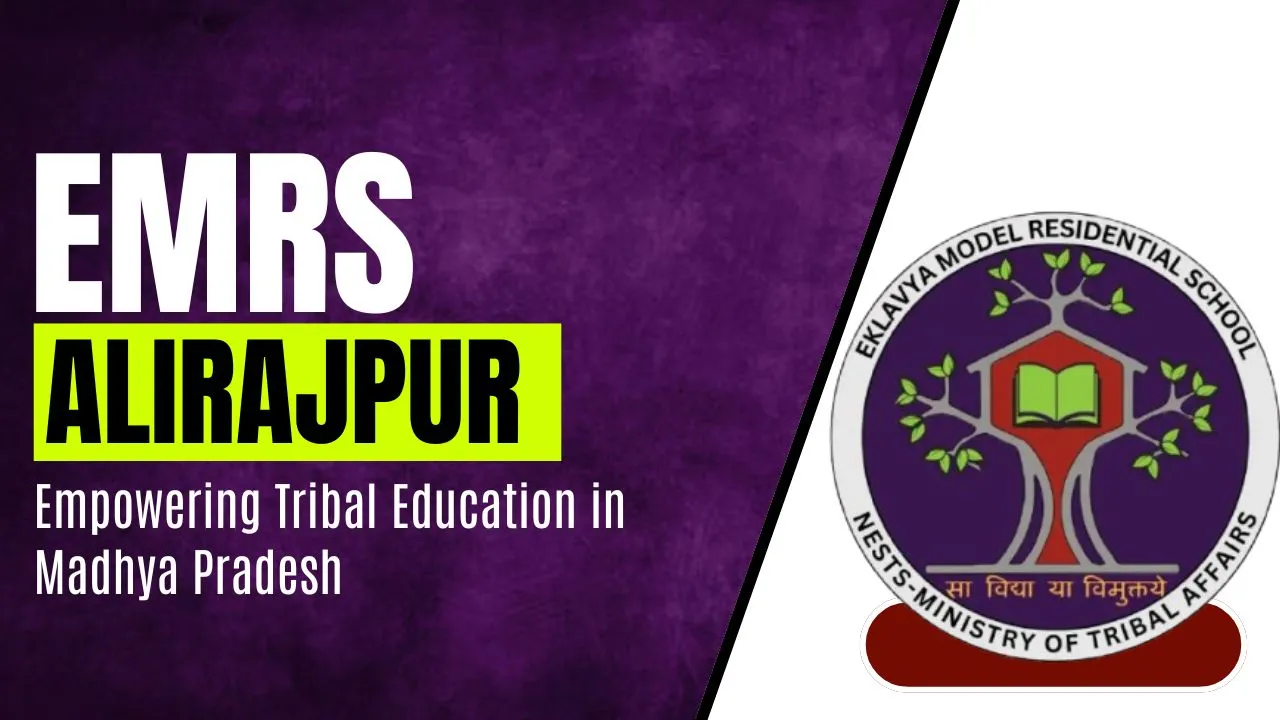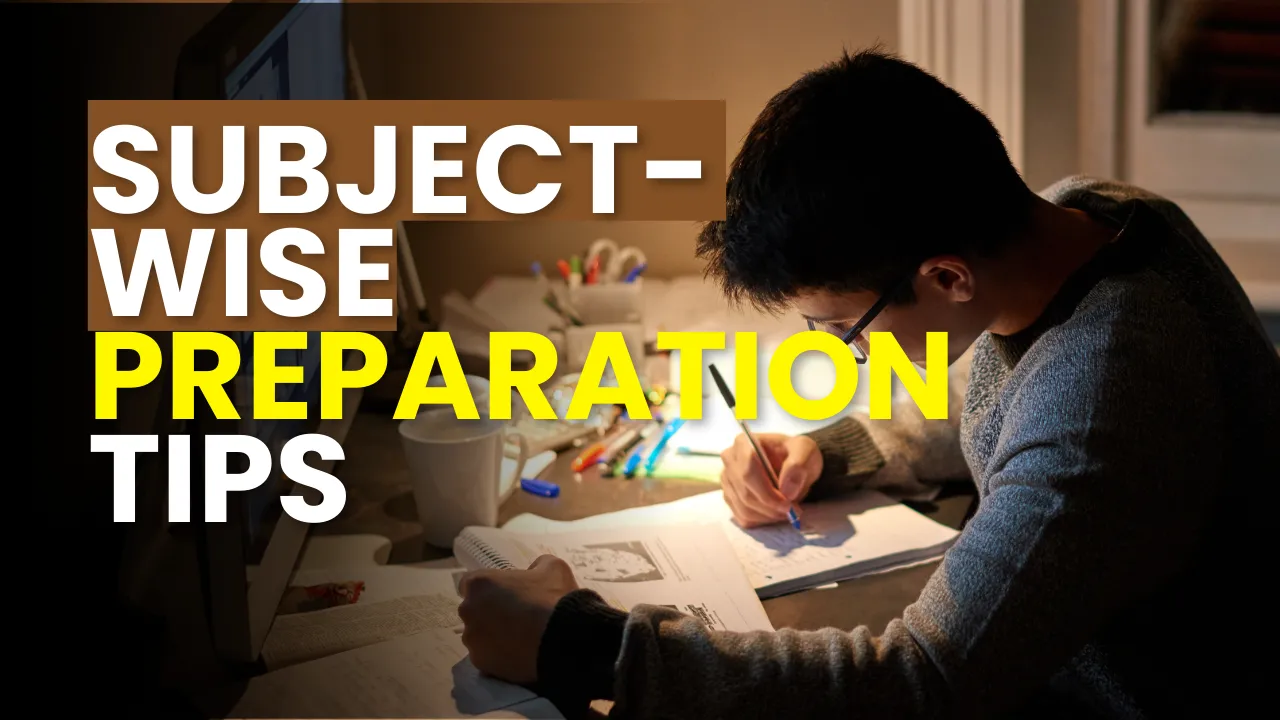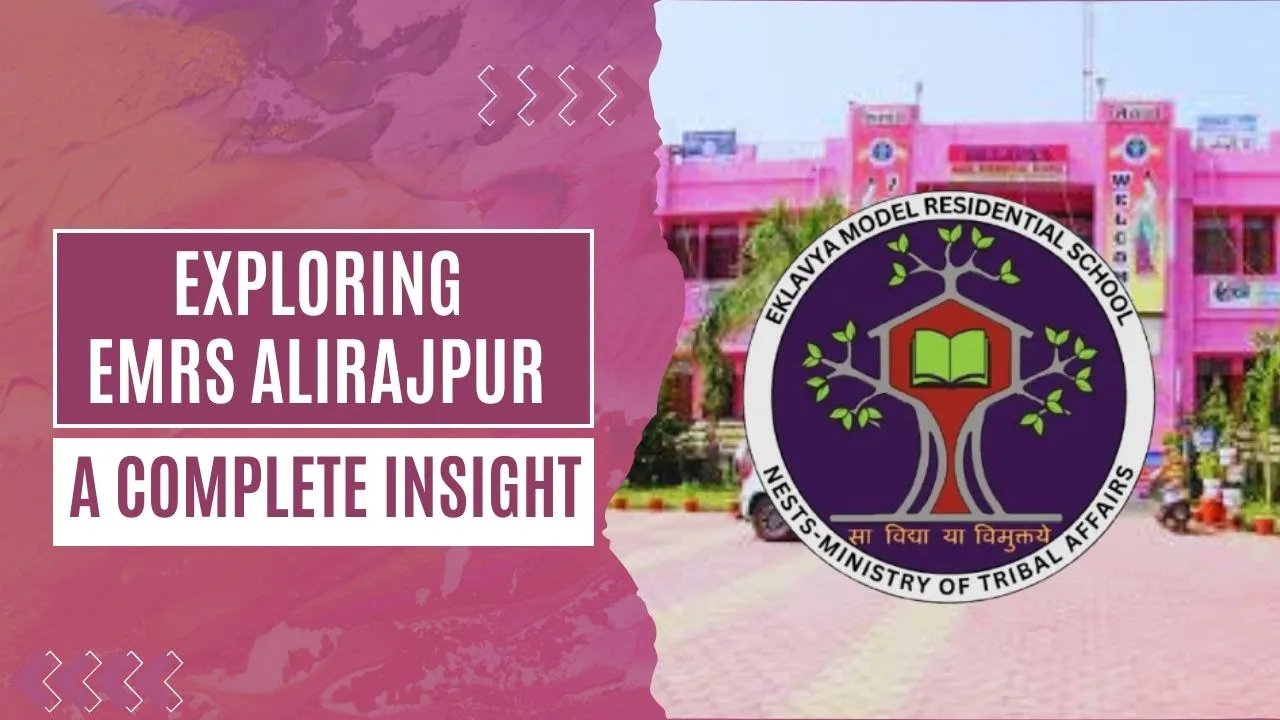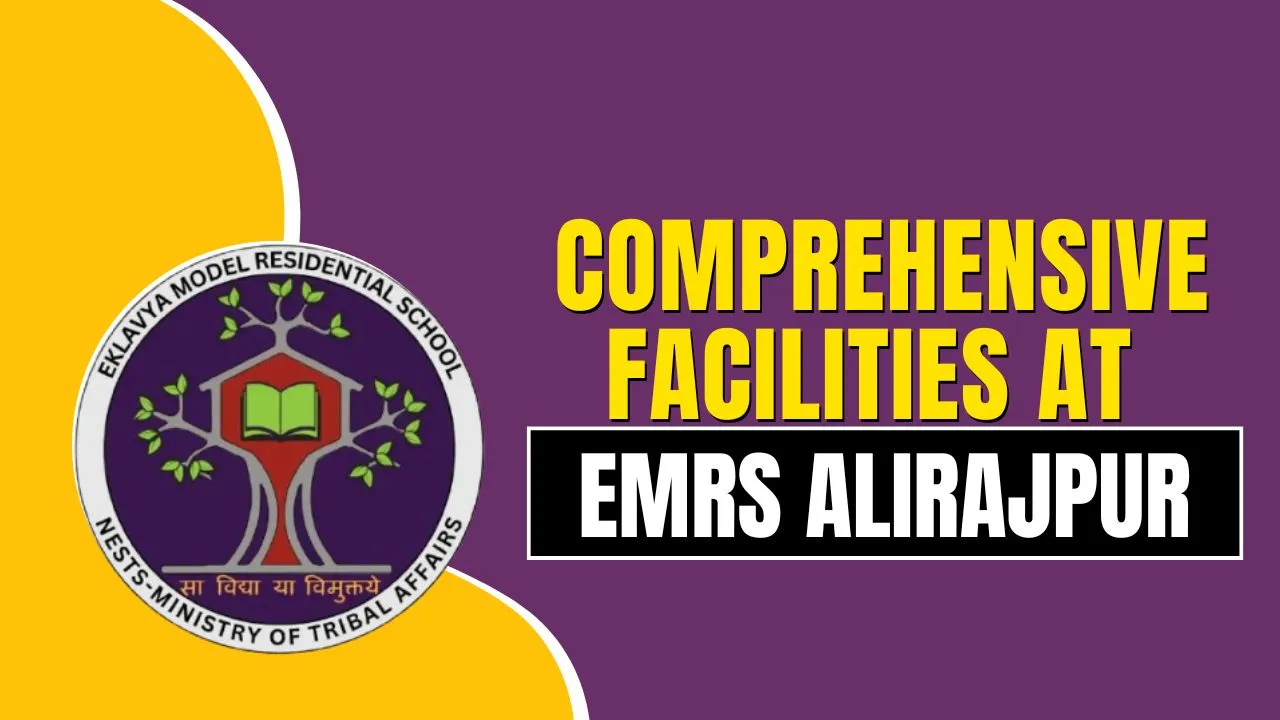EMRS Alirajpur: Eklavya Model Residential School (EMRS) Alirajpur is part of a government initiative aimed at providing quality education to Scheduled Tribe (ST) students in remote areas. Established under the Ministry of Tribal Affairs, EMRS Alirajpur focuses on bridging the educational gap for tribal communities by offering free residential education. Located in the Sejawada region of Alirajpur district, Madhya Pradesh, the school is committed to delivering holistic education that covers academic learning, skill development, and personality growth. By offering a structured and supportive environment, EMRS Alirajpur plays a vital role in improving literacy and educational outcomes for tribal students in the region.
This article explores the objectives, infrastructure, curriculum, challenges, and impact of EMRS Alirajpur, providing a comprehensive understanding of its role in tribal education.
Overview of EMRS Alirajpur
| Aspect | Details |
| Location | Sejawada, Alirajpur, Madhya Pradesh |
| Established Under | Ministry of Tribal Affairs, Government of India |
| Funding | Article 275(1) of the Constitution of India |
| Focus | Scheduled Tribe (ST) students |
| Education Level | Middle and High School |
| Key Objectives | Quality education, holistic development |
| Facilities | Residential, healthcare, sports, cultural activities |
Objectives of EMRS Alirajpur
The main goal of EMRS Alirajpur is to provide quality education to tribal students who often face economic and social challenges. By offering free education, boarding, and necessary resources, the school aims to reduce dropout rates and ensure that tribal children can pursue higher education and employment opportunities on an equal footing with non-ST students.
Another significant objective is to promote the overall development of students. This includes physical, mental, and social growth, preparing them to become active contributors to their communities. The school also focuses on integrating tribal culture into the curriculum to preserve and promote indigenous traditions and values.
Funding and Management
EMRS Alirajpur is funded through grants provided under Article 275(1) of the Indian Constitution, which allocates resources for the welfare of Scheduled Tribes. The state government manages the school’s operations, ensuring that funds are used efficiently for infrastructure development, staff salaries, and student welfare.
The Ministry of Tribal Affairs monitors the school’s performance to ensure that it meets quality standards in education and administration. This includes timely allocation of funds, recruitment of qualified teachers, and maintaining a safe and healthy environment for students.
Infrastructure and Facilities at EMRS Alirajpur
The infrastructure at EMRS Alirajpur is designed to provide a comprehensive learning experience. The campus includes:
- Residential Hostels: Separate facilities for boys and girls with adequate security and basic amenities.
- Classrooms: Well-equipped with modern teaching aids to enhance the learning experience.
- Laboratories: Science and computer labs for practical education.
- Sports Facilities: Playgrounds and equipment for various sports to promote physical fitness.
- Healthcare: On-campus medical facilities for routine check-ups and emergencies.
- Library: A collection of academic and general books to encourage reading habits.
These facilities ensure that students receive not only academic education but also opportunities for physical and mental development.
Curriculum and Academic Approach
The curriculum at EMRS Alirajpur follows the CBSE guidelines, ensuring that students receive education comparable to other national institutions. The subjects include Mathematics, Science, Social Studies, and Languages, along with vocational training programs to enhance job readiness.
Special emphasis is placed on senior secondary classes to prepare students for competitive exams and higher education. The curriculum also incorporates tribal culture and values, allowing students to stay connected with their heritage.
Skill Development and Extracurricular Activities
Apart from academics, EMRS Alirajpur offers various skill development programs to prepare students for future careers. These include:
- Vocational Training: Courses on computer skills, handicrafts, and other job-oriented skills.
- Sports and Physical Training: Regular sports events and training sessions to build teamwork and leadership skills.
- Cultural Programs: Dance, music, and art activities to preserve and promote tribal culture.
These programs aim to develop well-rounded individuals capable of succeeding in various fields.
Challenges Faced by EMRS Alirajpur
Despite its achievements, EMRS Alirajpur faces several challenges:
- Teacher Shortages: Recruiting and retaining qualified teachers in remote areas is a significant issue.
- Language Barriers: Many students speak local tribal languages, making it difficult to teach in Hindi or English.
- Infrastructure Maintenance: Regular maintenance of facilities requires continuous funding and management efforts.
Addressing these challenges requires a combined effort from the state government, local communities, and the Ministry of Tribal Affairs.
Impact of EMRS Alirajpur on Tribal Education
Since its inception, EMRS Alirajpur has significantly impacted tribal education in Madhya Pradesh. Key achievements include:
- Increased Enrollment: Free education and residential facilities have attracted more tribal students.
- Reduced Dropout Rates: Comprehensive support systems have helped lower the dropout rates.
- Enhanced Learning Outcomes: Improved infrastructure and quality teaching have led to better academic performance.
The success of EMRS Alirajpur highlights the effectiveness of targeted educational programs in empowering marginalized communities.
Future Plans for EMRS Alirajpur
Looking ahead, EMRS Alirajpur aims to expand its vocational training programs and improve infrastructure further. Plans include introducing more courses relevant to the job market and enhancing collaboration with NGOs and private organizations for resource sharing.
There is also a focus on digital education, with plans to introduce smart classrooms and online learning resources to keep pace with technological advancements.
Conclusion
EMRS Alirajpur represents a significant step toward achieving educational equity for tribal communities in Madhya Pradesh. By providing free, quality education and a range of developmental opportunities, the school is helping transform the lives of tribal children. Continued support from the government, effective management, and community involvement will be crucial for sustaining and expanding these efforts in the years to come.
FAQs
What is the main objective of EMRS Alirajpur?
The main objective is to provide quality education to Scheduled Tribe students, focusing on academic and overall development.
How is EMRS Alirajpur funded?
The school is funded under Article 275(1) of the Constitution, with grants from the Ministry of Tribal Affairs.
What facilities does EMRS Alirajpur offer?
The school offers residential hostels, well-equipped classrooms, science and computer labs, sports facilities, and healthcare services.
Can students pursue higher education after completing school at EMRS Alirajpur?
Yes, the curriculum is designed to prepare students for higher education and competitive exams.
How does EMRS Alirajpur preserve tribal culture?
The school integrates tribal culture and traditions into the curriculum through cultural programs and regional studies.











